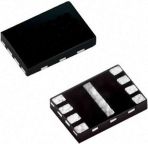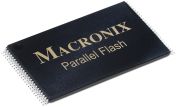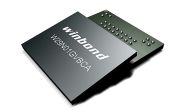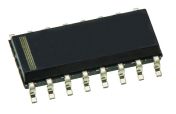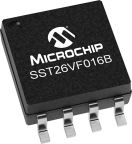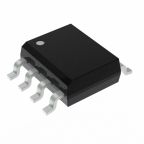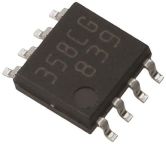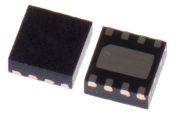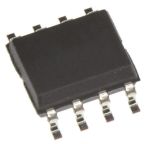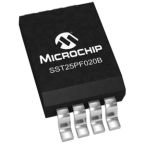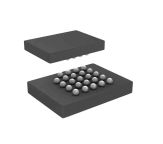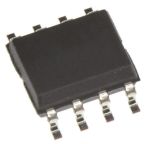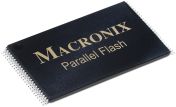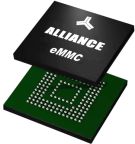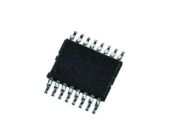Flash Memory
Flash memory is a type of non-volatile memory storage. This means that it can be electrically erased and programmed at byte-level, and it retains data regardless of a power source. Flash memory ICs are used within circuits to add data storage to an application.
Flash memory is a type of EEPROM (Electronically Erasable Programmable Read-Only Memory). EEPROM ICs can erase any byte of memory, which flash memory erases chunks or blocks of memory at a time. Flash memory does have a limited life in terms of the number of write cycles and tends to be used for programmed storage that is infrequently changed.
The memory size of a flash device refers to the capacity for data storage. This is often given in Mbit or MB.
You can learn more in our comprehensive guide to flash memory.
How does flash memory work?
Flash memory ICs work by retaining small parts of electricity between its transistors, allowing information to be stored with or without power. Flash stores data even when the power is switched off. Unlike RAM which loses data when the power is switched off.
What is flash memory used for?
Flash memory ICs are used in digital cameras, smartphones, computers, solid-state drives (SSD) and video game consoles. Flash memory is also found in scientific, medical and industrial applications.
What is the difference between NOR flash and NAND flash?
NOR
- NOR flash memory provides a faster speed as possessing random access capabilities, a good choice for mobile devices as it is suitable to store large quantities of code.
- The erase and write function is slower than NAND.
- Hosts a larger memory cell size than NAND.
- Limiting scaling capabilities make bit density achievable.
NAND
- Provides fast rewritable and erase capabilities but is a little slower than NOR within the read speed.
- NAND flash memory is a popular choice for those needing a flash drive for digital video, data storage and music. This is because of NAND's high speed and high capacity alongside being a flash memory that is cheap as the cost per bit is generally lower.
- Quickly re-write data, over and over again.
- Stores a large quantity of data and commonly used for USB sticks, smartphones and cameras.
Recherches populaires
Liens connexes
- Memory Chips
- Memory Card Connectors
- Winbond NOR 4Mbit SPI Flash Memory 8-Pin SOIC, W25X40CLSNIG/TUBE
- Infineon NOR 512Mbit SPI Flash Memory 24-Pin, S25HS512TFABHI010
- Infineon NOR 512Mbit SPI Flash Memory 8-Pin, S25HS512TFANHI010
- MikroElektronika MIKROE-6592, Flash 13 Click Flash Add On Board for Flash Memory Chip for mikroBUS
- FRAM Memory
- Microchip 1Mbit SPI Flash Memory 8-Pin SOIC, SST25VF010A-33-4I-SAE-T
